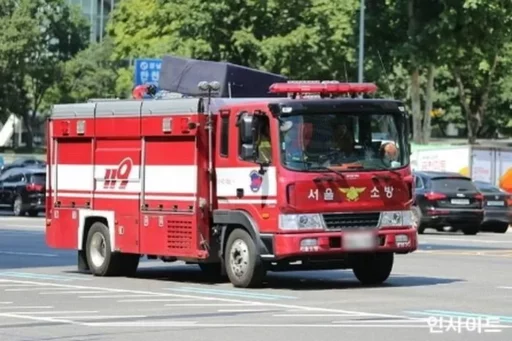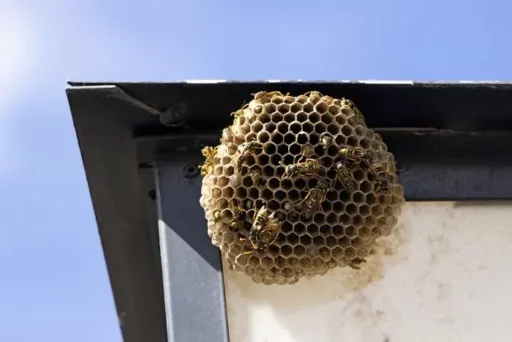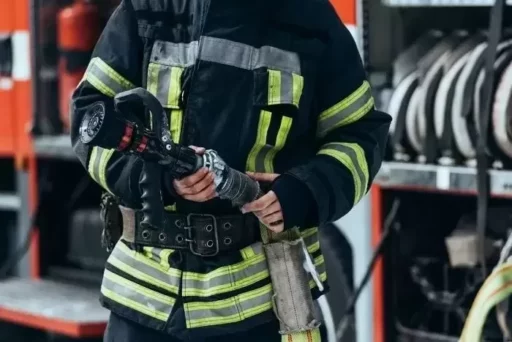More than 1 in 5 citizens in the Republic of Korea requested help from 119 in 2024, with a 30% surge in beehive removal calls.
During the year 2024, more than 1 in 5 citizens in the Republic of Korea requested assistance from 119. Although the overall number of reports slightly decreased, the callouts for beehive removal in the area of daily safety surged by over 30%, further highlighting the importance of fire response in everyday life.
The importance of fire response in daily life
On the 27th, the Fire Agency released the national-level fire big data report, "2025 Fire Agency Statistical Yearbook," which serves as foundational data for disaster safety policy establishment. This report is available for anyone to view on the Fire Agency’s website and will also be distributed in print form to central administrative agencies, the National Assembly, and media organizations.
According to the released statistical yearbook, there were a total of 11,354,928 119 reports last year, marking a 5.03% decrease compared to the previous year. Fire response incidents decreased by 3.1% to 37,614 cases, and emergency medical response incidents saw a 4.6% decrease to 3,324,287 cases.

On the other hand, rescue operations totaled 1,318,837 cases, reflecting a 0.7% increase. Notably, the number of daily safety responses rose by 9.6% to 669,756 cases, with beehive removal responses skyrocketing by 30.8% to 304,821 cases.
To respond to this trend, the Fire Agency is strengthening public awareness of preventive measures and counteraction methods through the "Bee Sting Risk Index" program.
The growth of the domestic fire industry is also confirmed by statistics. As of 2024, the total industry revenue is 19.4676 trillion won, which is an increase of 809.3 billion won (4.3%) compared to the previous year. This is considered a reflection of efforts to promote K-fire excellence, such as through the International Fire Safety Expo and other industrial activation initiatives.

There have also been notable changes in the prevention sector. The number of high-rise buildings (over 30 stories) among specific fire-prone facilities increased by 484 (8.04%) compared to the previous year, while very high-rise buildings (over 50 stories) and underground-linked complex buildings also saw an increase of 26 (5.4%).
Safety education for citizens has also expanded. The number of participants in fire safety training, including learning about fire extinguishers and hydrants, increased by 10.4% (420,000 people) to over 4.46 million, indicating a rising demand for education to enhance disaster response capabilities in daily life.
This statistical yearbook consists of a total of 8 areas and 199 detailed indicators, featuring visual data such as charts and pictograms over the past decade to make it easier for citizens to understand the overarching trends in the Republic of Korea's fire activities.
Kim Hyung-guk, head of the Information and Communication Department of the Fire Agency, stated, "The statistical yearbook is a report that quantitatively proves the essential mission of fire protection, which is to safeguard the lives and property of citizens. It will serve as a reference for policy establishment and as open information shared with the public."

Image source: Material photos to aid understanding of the article / Photo=Insight, Material photos to aid understanding of the article / gettyimagesbank, Material photos to aid understanding of the article / gettyimagesbank


